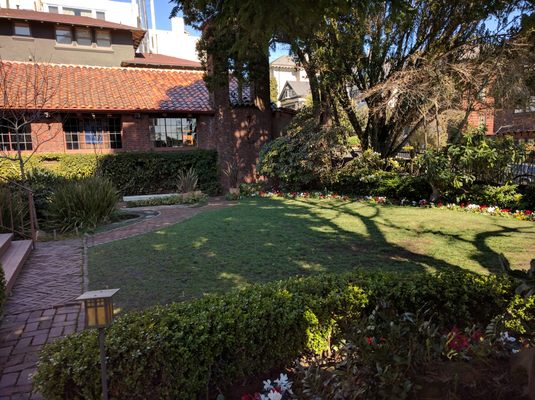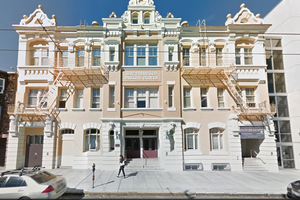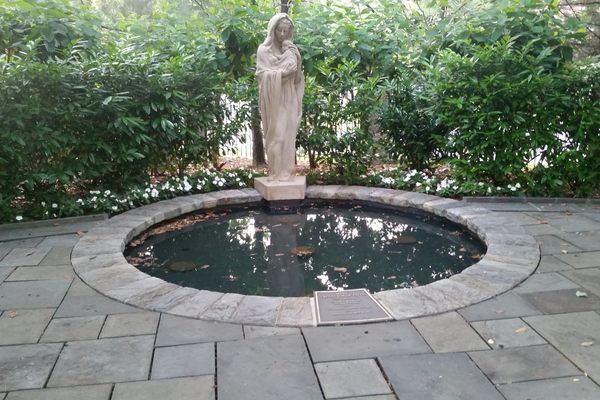About
With its exposed wooden beams, nature-themed decor, and a fireplace crackling with smoky flames, this church feels more like a cozy backcountry cabin than an urban house of worship. The church is one of the first examples of the Arts and Crafts architectural movement in North America.
Built in 1895, the rustic interior was designed and built by a cadre of notable artisans and craftspeople. Its primary inspiration came from the creator of the church's denomination, Emanuel Swedenborg, an 18th-century Swedish philosopher, theologian, and mystic.
Swedenborgianism is a New Christian denomination based upon Swedenborg’s writings and visions (interestingly, the church itself is not Swedish). Though Swedenborg spent most of his life as something of an 18th-century Renaissance man—he was deeply interested in botany, medicine, astronomy, philosophy, mathematics, engineering, and travel, just to name a few of his pursuits—later in life he turned his attention to theology and devoted himself to writing a library's-worth of biblical treatises.
Aside from the rather more mystical aspects of Swedenborg’s revelations (he believed he traveled to the spiritual realm during his religious visions), he also strongly emphasized the wonders of the natural world. It’s from this love of nature that the architects of the Swedenborgian Church took their initial inspiration.
Unusual for an urban church, visitors and worshipers alike must traverse a verdant, if somewhat overgrown, garden before entering the sanctuary. Therein the natural elements can be clearly seen through the sweeping, bark-covered beams, various off-centered elements, scenic landscape paintings, and the rocks and branches used as decor. The first minister of the San Francisco Swedenborgian Church, Joseph Worcester, befriended none other than John Muir, who would inspire him to use the soaring majesty of California's nature as the template for his little church.
The church is also a magnificent example of the Arts and Crafts movement that blossomed within Europe and North America. It uses a beautiful blend of rustic and folk architecture and design to give the space a simple, more natural feel. The artisanal style and nature-themed decor seem to further enhance the religion's appreciation for the natural world.
Though the building is quite special of its own accord, nearly every element contained within has a little story all its own, as the church is deeply rooted in California history. Various pieces of statuary were donated by publishing magnate William Randolph Hearst’s mother. The exceptionally large clamshell was once used to baptize a young Robert Frost, whose mother’s Swedenborgian religion is said to have influenced his nature-centered poetry. The noted artist Mary Curtis Richardson designed the prominent stone communion table near the altar.
The resumes of those involved with the founding and designing of the church make it easy to understand why the building holds the status of a National Historic Landmark, the only church in San Francisco with such a designation. Really, the early history of the church reads like a whos-who history of the Bay Area. And yet, the church remains off-the-beaten-path of the usual tourist destinations in San Francisco.
Related Tags
Know Before You Go
The church and garden are usually open to visitors during the week (ring doorbell for sanctuary access). Church service is every Sunday at 11 a.m. and visitors are welcome. Docent-led tours can be arranged ahead of time. The church is just on the other side of the hill from the Lyon Street Steps and Bernard Maybeck's Palace of Fine Arts.
Published
March 1, 2018





































